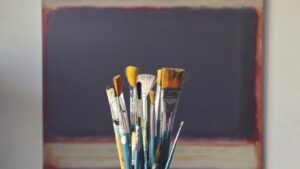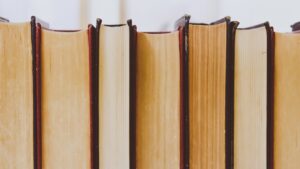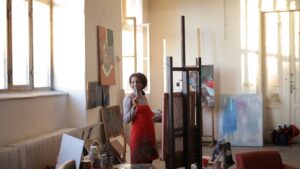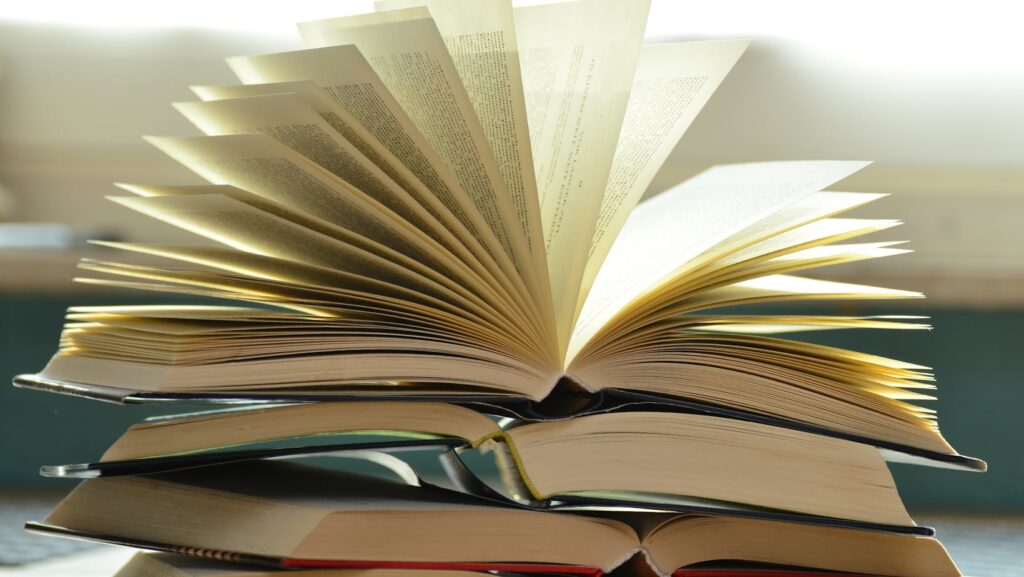Dive into a world where colors speak louder than words, where imagination reigns supreme, and creativity knows no bounds. This is the realm of art books and creativity. A place where each turn of the page offers a new perspective, a fresh burst of inspiration, and a deeper appreciation of the beauty that surrounds us.
Art books aren’t just repositories of beautiful images; they’re catalysts for creative thought, sparking ideas that can transform the mundane into the extraordinary. Whether you’re an avid artist, a budding creative, or simply someone who appreciates the beauty of artistic expression, you’ll find a wealth of inspiration in the pages of art books.

Arts Books And Creativity
Arts books unquestionably amplify creativity. They nourish the element of curiosity, spurring the reader to experiment with various artistic methods and explore distinct genres and styles. Furthermore, these books provide ample psychological benefits linked with enhanced creativeness.
Exploring Various Genres and Styles
Arts books offer a diverse range of genres and styles, including but not limited to Abstract Art, Impressionism, and Minimalism, providing an opportunity to discover and try different art forms. With artists such as Pablo Picasso representing Cubism, and Claude Monet exemplifying Impressionism, arts books give a unique look into the impactful practices of such legendary figures. For instance, by examining Kasimir Malevich’s suprematist compositions, readers uncover the mysteries of abstraction and are propelled to introduce similar innovative techniques in their own work; a clear testament to the profound influence arts books exert on creativity.
Psychological Benefits of Reading Arts Books
Immersing oneself in arts books isn’t solely for artistic inspiration. It’s a journey that carries psychological benefits as well. Diving into these books reduces stress levels, with the reader’s focus shifting from everyday anxieties to captivating visuals and narratives. According to a study conducted by the University of Sussex, it’s been reported that reading for as little as six minutes reduces stress by 68%. Furthermore, reading has been linked to improved empathy, strengthening one’s ability to understand and share the feelings of others. As empathy is an asset in creativity, arts books help to forge a bridge between the reader’s perspective and the varied viewpoints communicated through art, subsequently augmenting their creative potential.

Key Authors in the World of Arts and Creativity
The realm of arts and creativity hosts an impressive cohort of authors who’ve significantly contributed to the genre. Their profound insights and thoughtful expressions redefine the boundaries of creativity. They offer a stimulating exploration into diverse artistic styles ranging from Abstract Art to Minimalism mentioned previously, demonstrating innovative techniques to breath life into one’s creative soul, and ultimately forging fresh perspectives.
Biography Highlights and Their Contributions
The world of arts literature boasts a rich tapestry of authors, whose biographies serve as testimonials to their unique journey and prodigious contributions. Take, for instance, Linda Nochlin (1931-2017). As an eminent art historian, she transformed the discourse in art history through her groundbreaking essay “Why Have There Been No Great Women Artists?”. Apart from being an author, she’s also recognized as a trailblazing feminist art historian.
Henry Geldzahler (1935-1994), another important author and curator, was instrumental in popularizing contemporary American art in the mid-20th century. His curations, particularly at the Metropolitan Museum of Art, put American pop art firmly at the center of the global artist conversation.
Similarly, John Berger (1926-2017), a noted art critic, painter, and novelist, brought unique perspectives to art analysis. His book “Ways of Seeing” remains a seminal work on visual culture, prompting readers to re-examine their preconceptions about art and its production.

Analysis of Pivotal Works
Prominent authors in the arts and creativity domain have produced incredibly insightful works. For example, “The Story of Art” by E.H. Gombrich keeps engaging its reader with riveting narratives about art history. This book is venerated for its accessible language and breadth of coverage.
Meanwhile, “Seven Days in the Art World” by Sarah Thornton dives deep into the contemporary art industry. It offers a backstage look into the shifting power dynamics and the complex relationships between artists, collectors, and dealers.
Lastly, “Art and Visual Perception” by Rudolf Arnheim explores the psychology behind art, fundamentally impacting the way audiences perceive and appreciate art forms. This book distinguishes itself with rich theoretic details and real art examples, making it an essential read for art enthusiasts.

